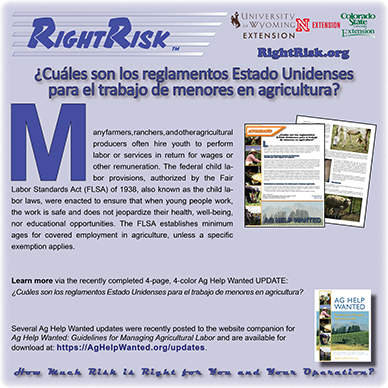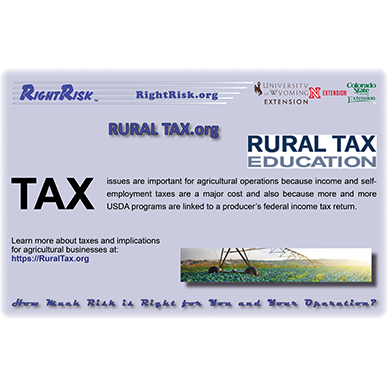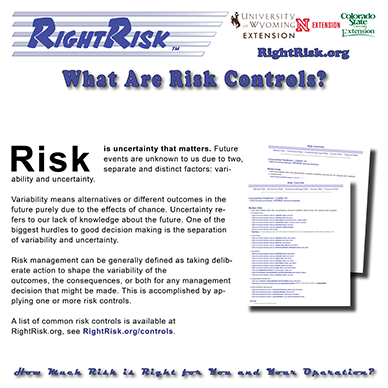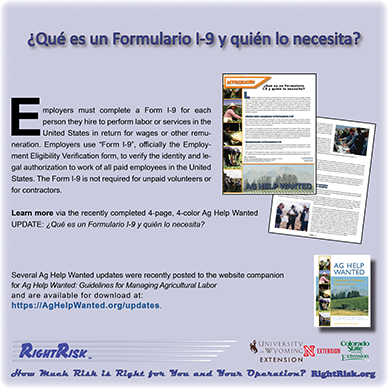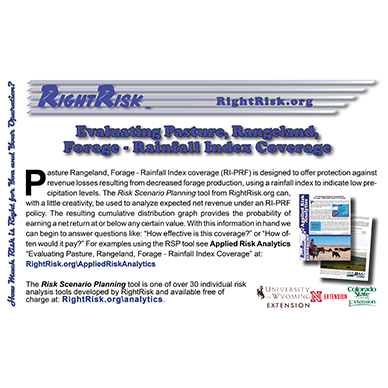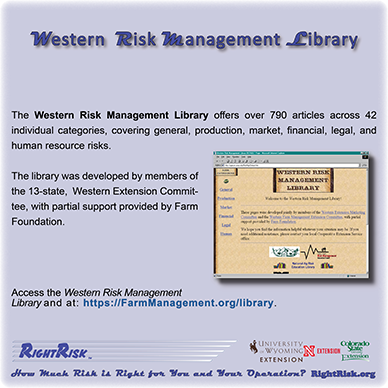MOST of today’s farms and ranches involve more than one enterprise. Production risk spread over several enterprises often contributes to their financial successes. Enterprise risk analysis – estimating net returns for an enterprise and the variability in those returns (risk) – is an often-neglected, but necessary part of developing an overall risk management strategy.
The Enterprise Risk Analyzer tool was developed to help the livestock owner and the land owner understand all the contributions each of them have made to their livestock grazing lease arrangement. It can be used to help design a fair and equitable lease between two parties. It can also be used by a single party to better understand the full set of components that contribute value to their forage resource.
The Enterprise Risk Analyzer via RightRisk Analytics tool is one of over 30 individual risk analysis tools developed by RightRisk and available free of charge at:RightRisk.org\Analytics.



